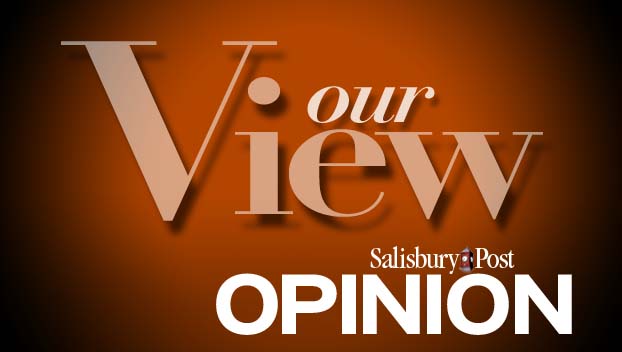Editorial: Months into a pandemic without an end in sight
Published 11:26 pm Thursday, August 6, 2020
Plenty of people have made up their minds on the effectiveness of North Carolina’s COVID-19-focused restrictions. It’s important to recognize, however, that there are no easy decisions in our current moment.
Open schools all the way and risk creating large virus outbreaks. Allow bars to open and potentially provide the match to light a fast-spreading fire of cases. Ease mask mandates and provide a false sense that life can return to what it was in February.
Decisions about how to handle restrictions on daily life come with high risks. The rewards may be a return to some greater sense of normalcy, a lower unemployment rate and the benefits that come with it. But the health risks cannot be washed over in hopes of a stronger economy. There’s no guarantee that loosening restrictions will produce a desired result. Too often, deaths are used as the only indicator of the outbreak’s status. But there are sick employees who have to stay home from work, people in hospital beds who require additional resources and the toll that simply being sick puts on families, especially if multiple members of a household test positive.
People’s health, well-being and livelihoods are at stake whether Gov. Roy Cooper on Wednesday eased restrictions, kept things as is (the decision he chose) or went back to more stringent mandates.
There’s cold comfort in the fact that North Carolina’s spikes in negative health outcomes have been smaller than some nearby states. Consider our southern neighbor — South Carolina. Here and in South Carolina, there were multiple days in which case increases topped 2,000 per day. North Carolina, though, has twice the population of South Carolina, according to the U.S. Census. Florida, about twice North Carolina’s population, made national headlines when its cases spiked. Several times, its new cases topped 10,000 per day and its total cases are about four times North Carolina’s.
But any declaration about the effectiveness of health restrictions must take a long view. Numbers alone don’t tell the full story of the pandemic’s effect on our state. And a better judgment about Cooper’s handling of COVID-19 will come when the public school year starts in a couple weeks. Most critically, key data will come from school districts that chose a mix of in-person and online classes rather than those who went online-only. As the pandemic grows longer, the state may also begin to see more businesses struggle to stay closed and lock their doors permanently.
The only thing that seems certain at this moment is the uncertainty of what will come next. The country is months into a pandemic without an end in sight.


